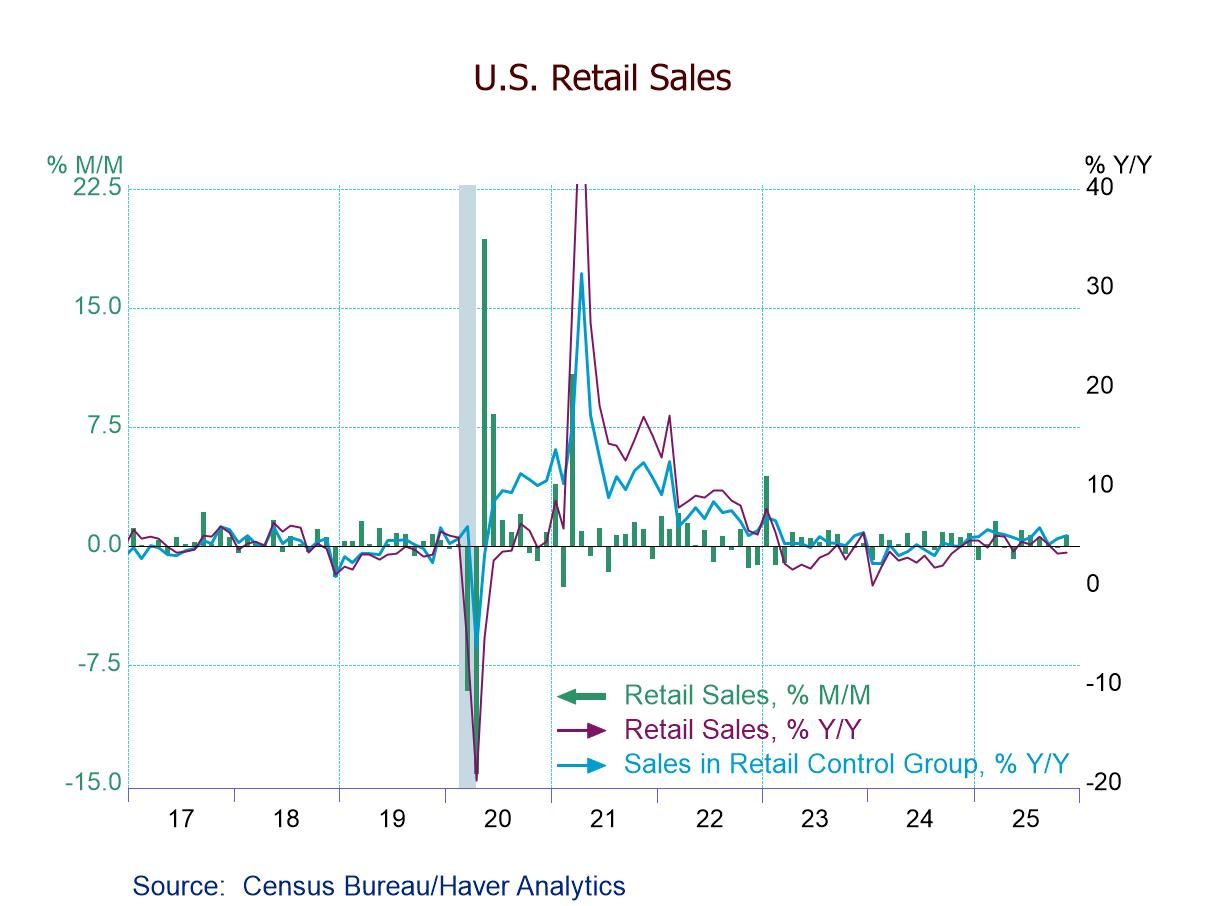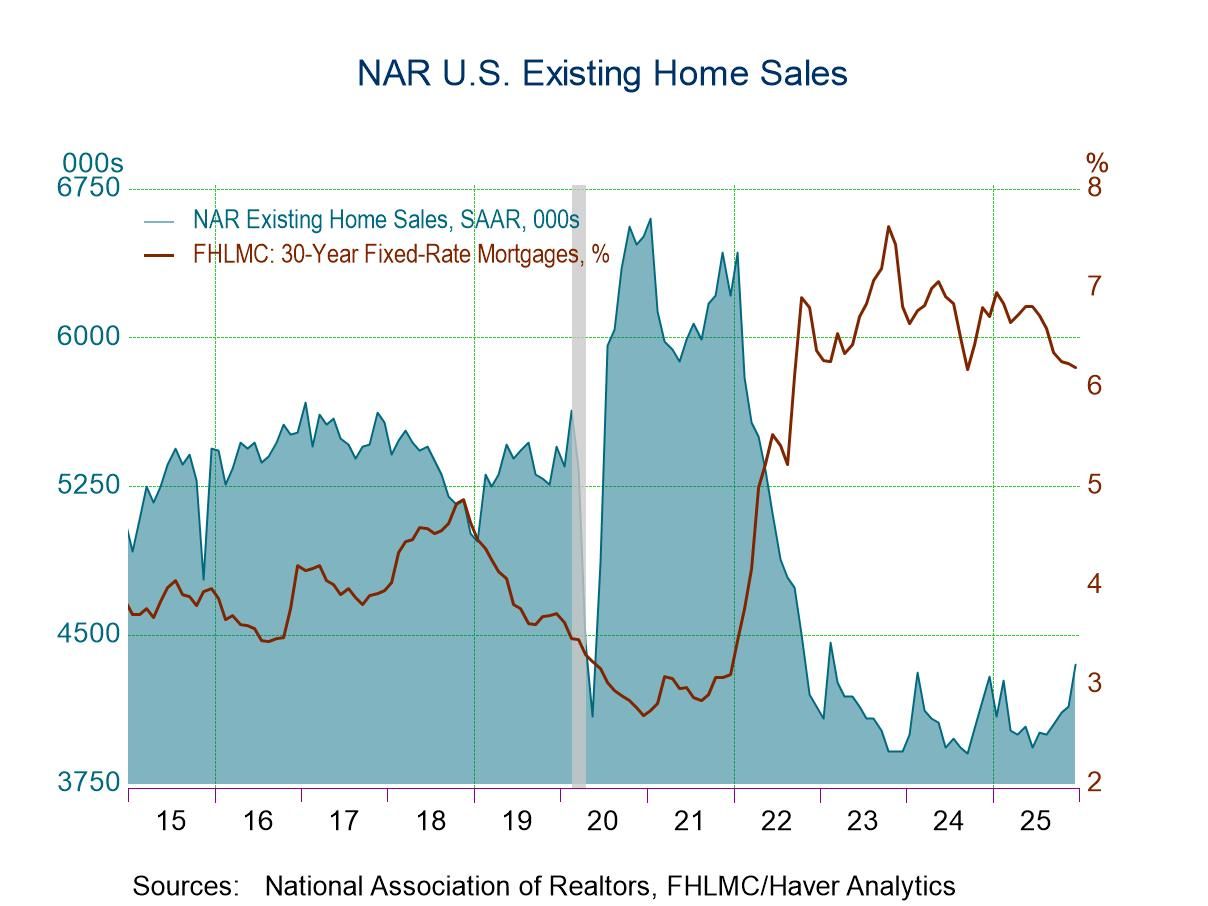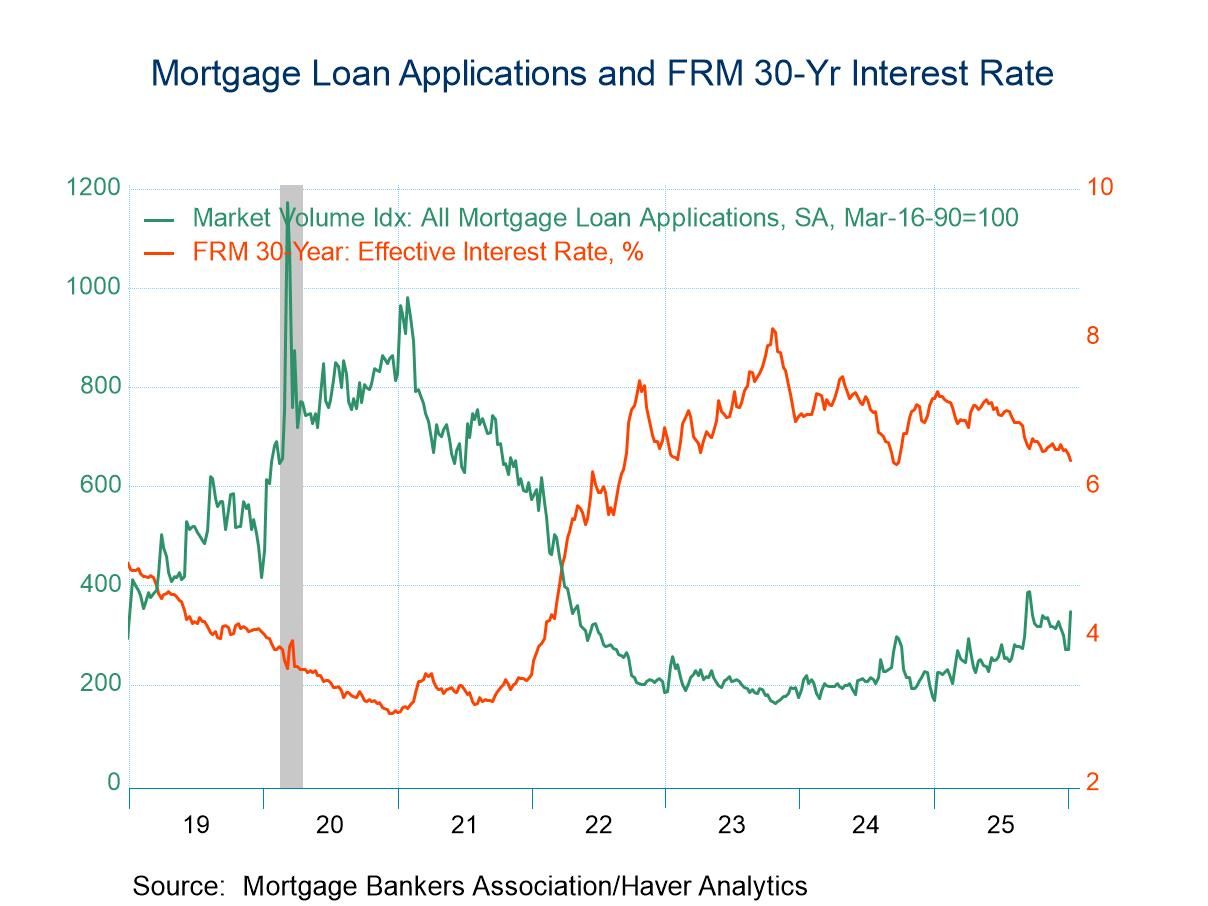Japan Recession: Never Mind; ‘Down’ Revised to ‘Up’ and Life Goes on

Japan's GDP in the fourth quarter was revised from a decline to an increase of 0.4%, erasing the two consecutive quarters of negative growth that had previously been in play. With that development, the notion of a ‘rule-of-thumb’ recession in Japan has been set back on the sidelines. Still, growth in Japan fell at a 3.2% annual rate in the third quarter and only rebounded by 0.4% at an annual rate in the fourth quarter. The GDP revision is a pretty thin reed on which to hang optimism.
Year-over-year GDP growth in Japan is at 1.3%; that's down from a 1.6% year-over-year pace in the third quarter and down from a 2.3% pace that was logged in the second quarter. It’s not recession, but it is an ongoing loss in momentum.
In fact, Japanese growth, looking at the year-over-year rates averaged over a five-year period, comes in at only 0.2%, indicating what an extremely weak period this has been for the evolution of Japan's GDP.
Turning back to the quarterly data, real private consumption has fallen for three quarters in a row; this is not a good development. In the fourth quarter private consumption in real terms fell at a 1% annual rate, in the the third quarter it fell at a 1.4% annual rate, and in the second quarter, it fell at a 2.7% annual rate. If we take more perspective, Japan's private consumption fell by 0.5% year-over-year in the fourth quarter and fell by 0.1% year-over-year in the third quarter. Private consumption which is the bulk of GDP (53%) is extremely weak in Japan in the fourth quarter. Public consumption (another 21% of GDP) didn't help at all; public consumption fell by 0.7% at an annual rate after rising by 1.1% in the third quarter- but that had followed a 0.4% decline in the second quarter. The consumption portion of the Japanese GDP equation is quite weak.
The investment side shows some bounce back in the fourth quarter as gross fixed capital formation advances at a 4.2% annual rate in the fourth quarter after declining for two quarters in a row before that. Gross fixed capital formation is now up 2.2% over the last four quarters, a positive development. Investment on plant and equipment rose by a strong 8.4% at an annual rate in the fourth quarter, offsetting declines in the previous two quarters - a decline at a 0.5% annual rate in the third quarter and a decline at a 5.6% annual rate in the second quarter. This quarterly series has been particularly volatile as you can see from data in the table. However, if we look at year-over-year growth, the year-over-year percent change in plant and equipment are up at a 2.5% pace in Q4, an improvement from a 0.9% annualized drop in the third quarter; that drop is preceded by a string of increases.
Housing in Japan shows weakness with a decline of 3.9% at an annual rate in the fourth quarter and a decline at a 2.5% annualized rate in the third quarter after a series of quarterly increases and year-over-year gains for three quarters in a row. But residential investment is up by just 0.4%, annualized in the fourth quarter.
GDP-net exports turned positive in the fourth quarter after posting a small negative number in the third quarter and having put erratic numbers up over the last six quarters. Exports put in a good quarter in Q4, rising at a 10.7% annual rate after a 3.8% annual rate increase in Q3 and a 16.2% annual rate increase in the second quarter. Imports generally lag-behind exports, rising by 6.9% at an annual rate in the fourth quarter, more or less pacing with exports in the third quarter at 4%, and then declining sharply to fall at a 13.5% annual rate in the second quarter. Year-over-year quarterly exports are up 3.7% in the fourth quarter compared with 2.6% decline in imports. Imports are falling year-over-year for three quarters in a row while exports are putting in consistent moderate rates of real growth.
Domestic demand in Japan fell by 0.2% in the fourth quarter after falling by 3% in the third quarter and falling by 2.5% in the second quarter- all of these are annual rates. These three straight declines in domestic demand clearly are huge challenges for GDP looking ahead. Domestic demand in Japan is also lower year-over-year by 0.1% in the fourth quarter and by 0.1% in the third quarter; these numbers compare with 1% gain in the second quarter of 2023.
Domestic demand in Japan is weak; in fact, exports are playing a key role and holding GDP growth up. Exports help to contribute to a positive stimulus from the trade balance that boosts growth. However, it's surprising that even with domestic demand down by 0.2% at an annual rate in the fourth quarter, imports in real terms still increased by 6.9%.

Summing up Japan's economy clearly remains challenged. But the revision in the data this quarter to GDP no longer makes it look like it's crossed the Rubicon into recession. However, the two consecutive quarters of negative growth rule-of-thumb; it's only that- it's a rule-of-thumb and it's kind of a ‘sketchy’ rule at that. There is little difference between GDP as revised, and GDP as previously presented. GDP in Japan over the last five years has clearly been in a weak spot and over the last two quarters GDP has also weighed-in with substantial weakness held back by domestic consumption. Overall, domestic demand has been weak and declining. Inflation has remained sticky, above the Bank of Japan’s targets and it's getting ready to unwind its extremely stimulative monetary policy. It will probably step away from its policy of yield curve control. While these are policies that were intended to try to boost the economy and to elevate inflation, it's hoped that with the economy on more normal footing these changes might help to change psychology and that they will be consistent with the economy continuing to grow rather than to become a drag on growth. The Bank of Japan is thinking much more in terms of getting monetary policy back to normalcy than it's thinking about raising interest rates to restrict the economy. In Japan, there's still a debate about inflation and whether it will stay above 2%. Inflation is looking a little bit more stable and stickier than it's been in a while; it looks like the era of deflation has been put behind it. However, Japan continues to have extreme demographic challenges and the way ahead remains difficult. For now, Japan has dodged the simplest designation of recession, but it continues to face challenges in the coming quarters.
Robert Brusca
AuthorMore in Author Profile »Robert A. Brusca is Chief Economist of Fact and Opinion Economics, a consulting firm he founded in Manhattan. He has been an economist on Wall Street for over 25 years. He has visited central banking and large institutional clients in over 30 countries in his career as an economist. Mr. Brusca was a Divisional Research Chief at the Federal Reserve Bank of NY (Chief of the International Financial markets Division), a Fed Watcher at Irving Trust and Chief Economist at Nikko Securities International. He is widely quoted and appears in various media. Mr. Brusca holds an MA and Ph.D. in economics from Michigan State University and a BA in Economics from the University of Michigan. His research pursues his strong interests in non aligned policy economics as well as international economics. FAO Economics’ research targets investors to assist them in making better investment decisions in stocks, bonds and in a variety of international assets. The company does not manage money and has no conflicts in giving economic advice.






